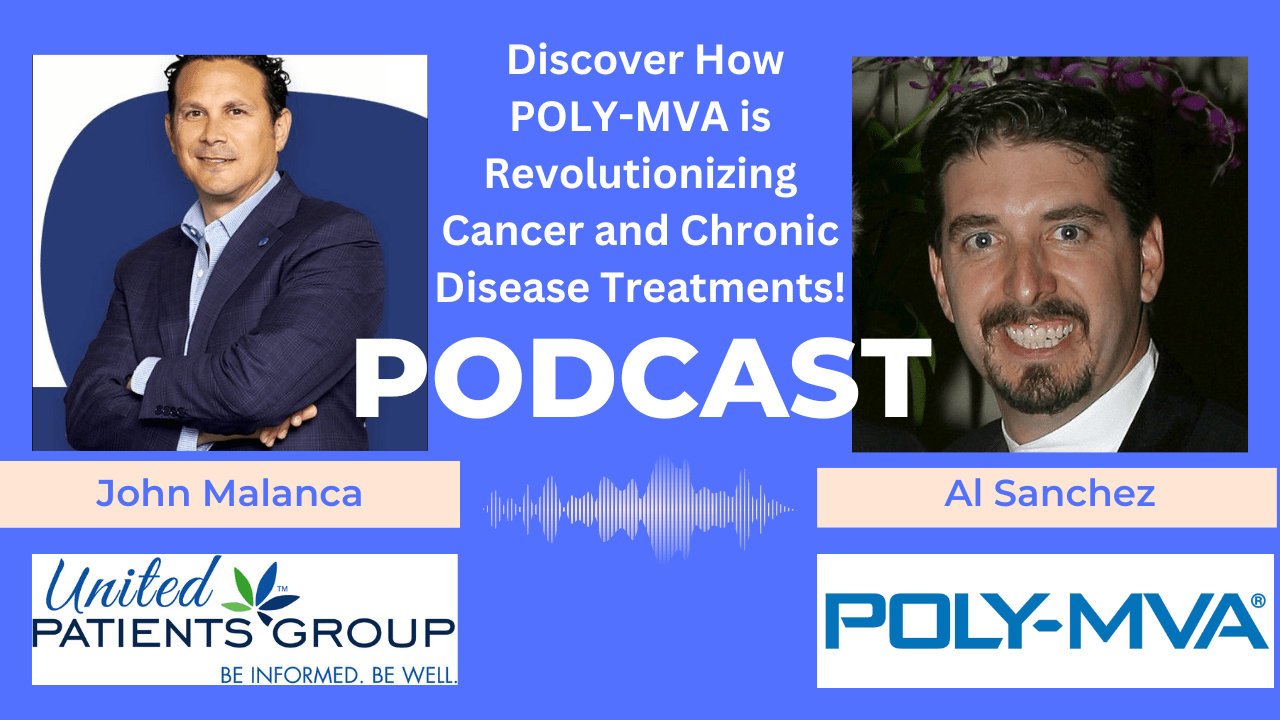A high-quality patient experience is paramount in any healthcare setting. Satisfied patients are more likely to trust their healthcare providers. It also fosters active engagement. It encourages patients to ask questions, provide accurate information, and participate in shared decision-making, leading to better treatment adherence and overall care quality.
Moreover, patients with a positive experience are more likely to remain loyal to their healthcare providers. This allows healthcare organizations to foster long-term relationships, improve patient retention rates, and build a remarkable reputation.
It’s crucial for the entire clinical community to understand the essence of providing high-quality patient experience. Below are some tips for achieving it.
- Use Patient Intake Software
Patient intake software, or electronic intake software, is a piece of technology designed to automate the intake process in healthcare facilities. It replaces traditional paper-based forms and manual data entry, improving efficiency, accuracy, and patient experience.
Patient intake software typically includes features and functionalities such as:
- Online Forms: The tool allows patients to complete registration forms, medical history questionnaires, consent forms, and other necessary documents electronically. These forms can be customized to suit specific healthcare practices and specialties.
- Data Capture: This tool can capture patient information like demographic details, contact information, insurance details, medical history, allergies, and medication information. Data are stored in a digital format for easy access and retrieval.
- Electronic Signatures: With this tool, patients can provide electronic signatures to authorize consent forms, release medical records, or acknowledge receipt of privacy policies, eliminating the need for paper-intensive signatures.
- Automated Workflows: This tool automates the workflow by routing the collected patient information to the appropriate healthcare staff or departments. It ensures that the necessary data reaches the relevant individuals.
- Integration with Electronic Health Records (EHR): This tool can integrate with existing electronic health record systems to allow seamless transfer of patient data from intake forms to the patient’s electronic medical record.
Overall, patient intake software streamlines the patient registration process, reducing paperwork, improving accuracy, and enhancing the patient experience.
- Establish Effective Communication
Clear and open communication between healthcare providers and patients is vital. Without it, several negative consequences may arise, such as the following:
- Misunderstandings: Without clear communication, patients may struggle to accurately convey their symptoms, medical history, or concerns to healthcare providers.
- Poor Treatment Adherence: Inadequate communication can lead to confusion about treatment plans, medication instructions, or follow-up care.
- Increased Patient Anxiety And Dissatisfaction: When patients feel that their concerns aren’t heard or addressed, they may experience heightened anxiety and frustration.
Here are some helpful tips for establishing effective communication:
- Active Listening: Listening attentively helps providers understand patients’ needs and enables better communication.
- Use Simple Language: Healthcare providers use clear, non-technical language when explaining diagnoses so patients can better understand the problems and treatment options.
- Allow Time For Questions: Encourage patients to ask questions to address their concerns. This creates an environment that allows patients to feel comfortable and valued.
It involves actively listening to patients, explaining medical information in understandable terms, and addressing their concerns.
- Promote Empathy And Compassion
Promoting empathy and compassion toward patients creates a supportive and caring environment. Healthcare providers should understand the emotions of their patients and show genuine concern for their well-being.
Some tips for promoting empathy and compassion are as follows:
- Show Non-Judgmental Attitude: Never judge patients based on their background, lifestyle choices, or health conditions. Instead, treat each one with respect, dignity, and compassion.
- Practice Empathic Communication: Use empathetic language and tone when communicating with patients. Simple phrases like, ‘I understand how you feel,’ can convey empathy.
- Establish Emotional Connection: Let your patients express their fears, concerns, and emotions. Create a safe space for patients to share their thoughts and feelings.
- Foster Emotional Support: Offer emotional support to patients and their families during challenging times. You may express empathy during diagnoses, procedures, or end-of-life care. Also, always be available to address their concerns.
With the help of these strategies, healthcare providers can create a patient-centered healthcare environment. This leads to better patient satisfaction and treatment outcomes.
- Collect Patient Feedback
Collecting patient feedback is crucial for several reasons. First, it provides valuable insights into the quality of healthcare services and patient experience. This allows organizations to understand what aspects of care are working well and those that need improvement.
Second, collecting patient feedback is essential in fostering accountability and transparency in healthcare. It gives patients a voice and empowers them to participate in their care actively.
Below are some practical ways to gather patient feedback:
- Surveys: Design and distribute surveys to patients in paper or electronic format. Keep them concise and include multiple-choice and open-ended questions to encourage detailed feedback.
- Focus Groups: Organize small group discussions with patients to gather in-depth feedback. Focus groups encourage interactive communication and provide valuable insights into patients’ experiences, preferences, and suggestions for improvement.
- Online Feedback Platforms: Create an online platform, such as a patient portal or dedicated website, where patients can provide feedback. This method allows for anonymity, which can encourage honest feedback.
- Feedback Cards: Provide feedback cards or suggestion boxes in waiting areas or at check-out counters. These encourage patients to write down their concerns anonymously or with their contact details if they wish to be contacted for follow-up.
- Follow-Up Calls Or Emails: Reach out to patients after their visit and ask for feedback regarding their experience. This personal approach shows that you value their opinions and provides an opportunity for patients to share any unresolved issues.
- Social Media Monitoring: Monitor social media platforms to identify and address patient feedback and concerns. Respond promptly and professionally to positive and negative feedback to show your responsiveness to their concerns.
Remember, it’s essential to acknowledge and act upon patient feedback. Engaging patients in the feedback process and demonstrating that their opinions matter help build trust and improve the overall patient experience.
Final Words
Improving patient experience involves various strategies aimed at enhancing the quality of care and overall health outcomes. By implementing them and fostering a patient-centered culture, healthcare providers can improve the patient experience. This leads to higher patient satisfaction and strengthened relationships between patients and healthcare organizations.
Author’s Bio
Emily Hayes, a healthcare advocate, provides practical guidance to enhance patient experiences in healthcare organizations. She’s passionate about yoga and community engagement.







































Leave a Reply Cancel reply